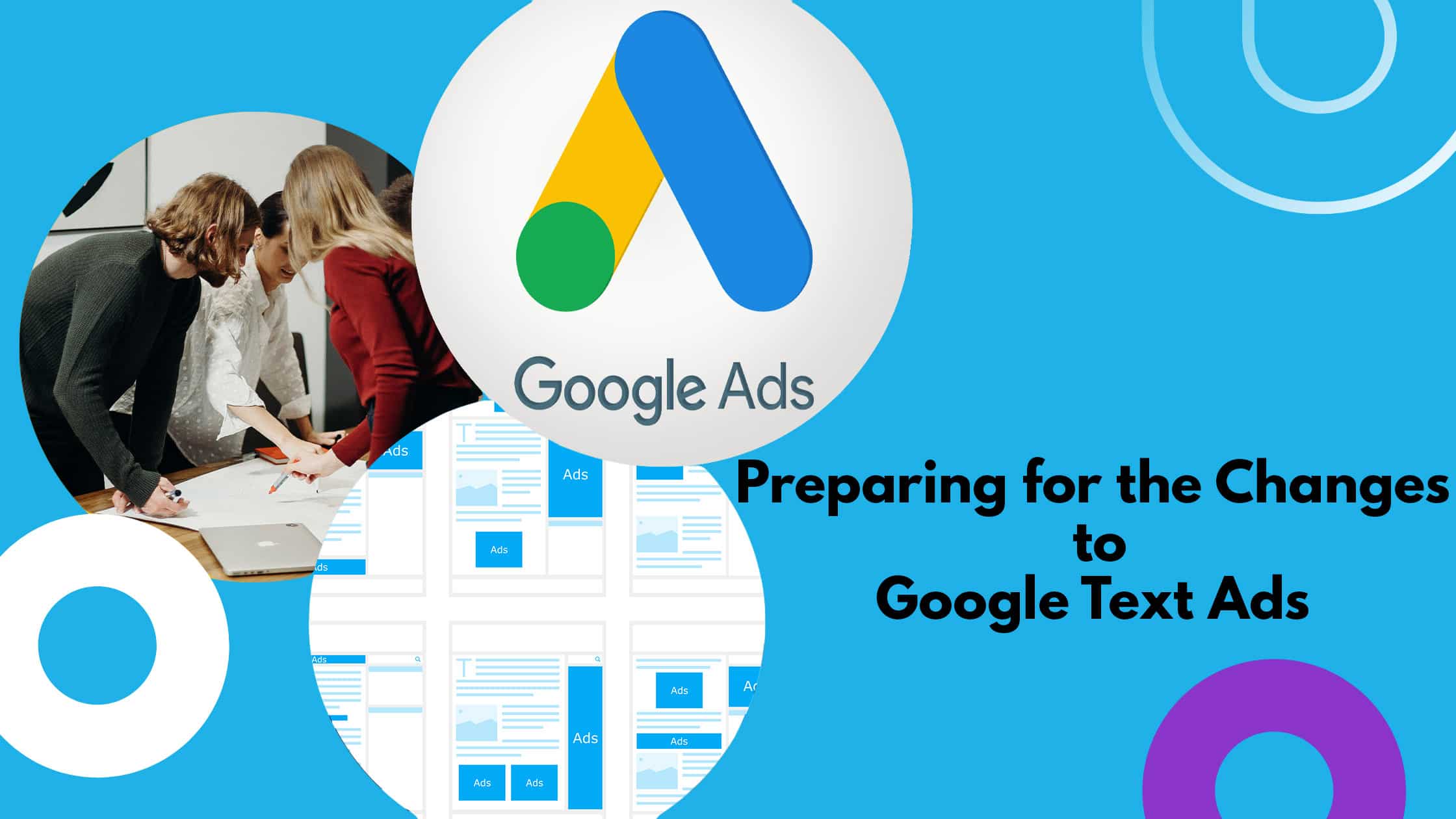Last year, Google announced that from June 30, 2022, users would be unable to create or edit expanded text ads in standard search campaigns. Posting on their website on August 31, 2021, the company stated that full control over responsive search, dynamic search, and call ads would remain the same, and that any existing expanded text ads would continue with the option to pause, resume or delete them. Google also said that performance reports for ETAs would remain accessible.
The announcement sounded straightforward enough, but what was left unsaid may prove more relevant to Google users in the long run. As with any update, preparation will be key to ensuring minimal impact for those businesses using expanded text ads as part of their marketing strategy.
Here’s what you need to know and how to make the most effective changes before June 30.
Why the End of Expanded Text Ads?
AI technology has transformed the way we do business, and when it comes to digital marketing, every company can now make use of the latest innovations, from collecting real time data to creating tailored customer experiences. As the use of AI has expanded, Google has increased its focus on automation for its primary ad format, inevitably leading to this latest ETA update.
As a result, businesses are having to learn how to work with Google Ads and its AI capabilities rather than relying on the flexibility provided by direct account control. While the planned phase-out will leave many advertisers frustrated, the change also offers an opportunity for companies to clarify their Google Ads usage and focus more firmly on how to achieve the best results in the future.
Google Guidance on How to Prepare
This March, Google posted a reminder of the changes along with advice on how to prepare. The first of these recommendations was to, “have at least one responsive search ad in every ad group in your Search campaigns by June 30, 2022.” According to Google, changing ETAs to RTAs using the same information could see conversions improve by an average of 7% at a similar cost.
Using your ETAs content to create more effective RTAs is another suggestion, with users encouraged to aim for ‘Excellent’ in ad strength – statistics have shown an average increase of 9% more clicks and conversations in RTAs improved from ‘Poor’ to ‘Excellent’. Google’s additional guidance and ads analytics should also make the upcoming end of ETAs easier to resolve.
How to Prepare for the End of Expanded Text Ads? Expert Advice from Bobble Digital
With June 30 looming, now is the time to review your Google Ads and Pay Per Click advertising. Analysing your past performance will help you to decide on what changes you need to make in the future and whether using a professional company could help you achieve your ambitions.
As an official Google Partner, Bobble Digital have the knowledge and understanding to make your digital advertising campaigns a success – get in touch with our team to find out more.


